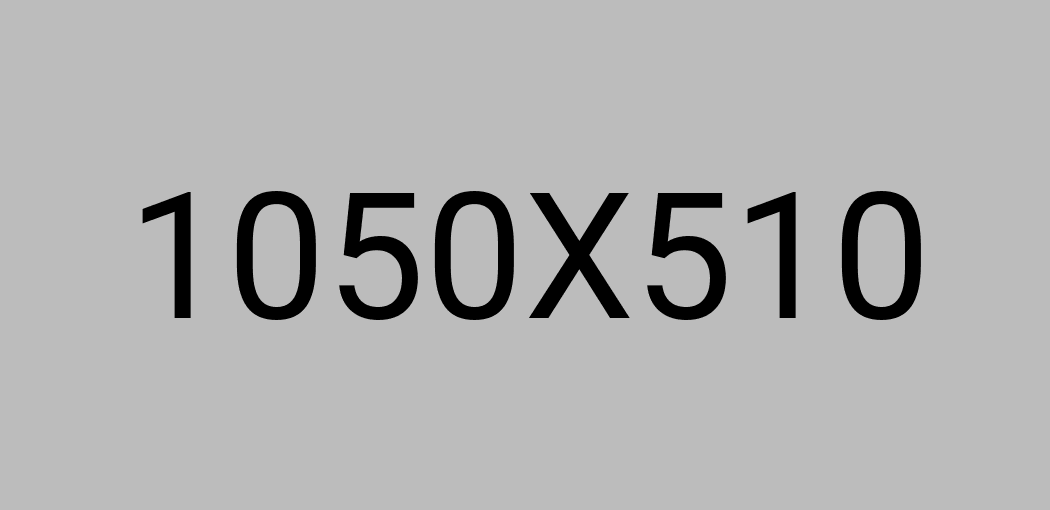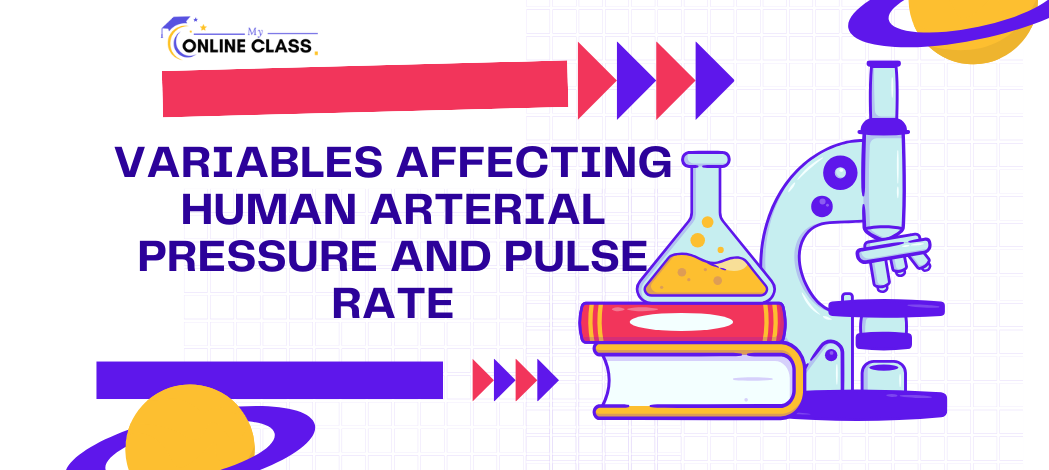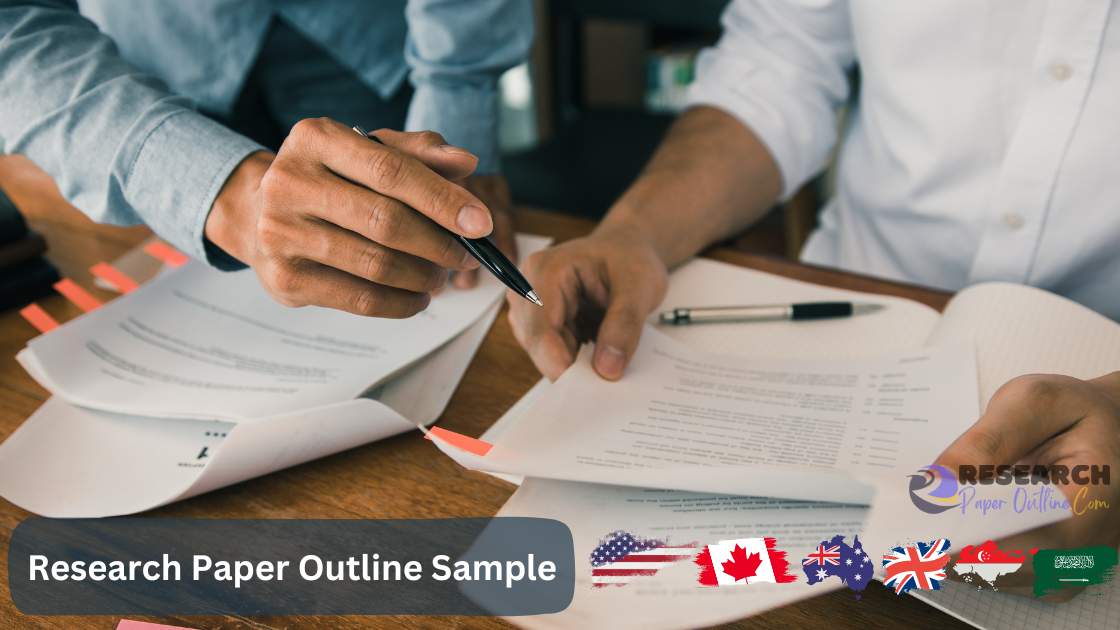Injector factors in an economic system refer to elements that add spending into the economy, rather than factors of production, which are resources used to produce goods and services. Here’s how injector factors differ from factors of production:
Injector factors include Investment which are expenditures on capital goods that will be used for future production, such as machinery, buildings, and technology. The second one is government spending for instance public expenditures on goods and services, including infrastructure, education, and defense. The third factor is exports which include revenues from selling domestically produced goods and services to foreign countries. Factors of production include land, labor, and entrepreneurship. Land entail the natural resources used to produce goods and services while labor is the human effort, including physical and intellectual contributions, used in production. Consequently, capital are the man-made resources, such as machinery, tools, and buildings, used in production. On the other hand, entrepreneurship can be defined as the ability to combine land, labor, and capital to create goods and services and bear the associated risks.
Injector factors introduce additional funds and spending into the economy, thereby stimulating economic activity. Factors of production, on the other hand, are the resources required to produce goods and services within the economy.
































